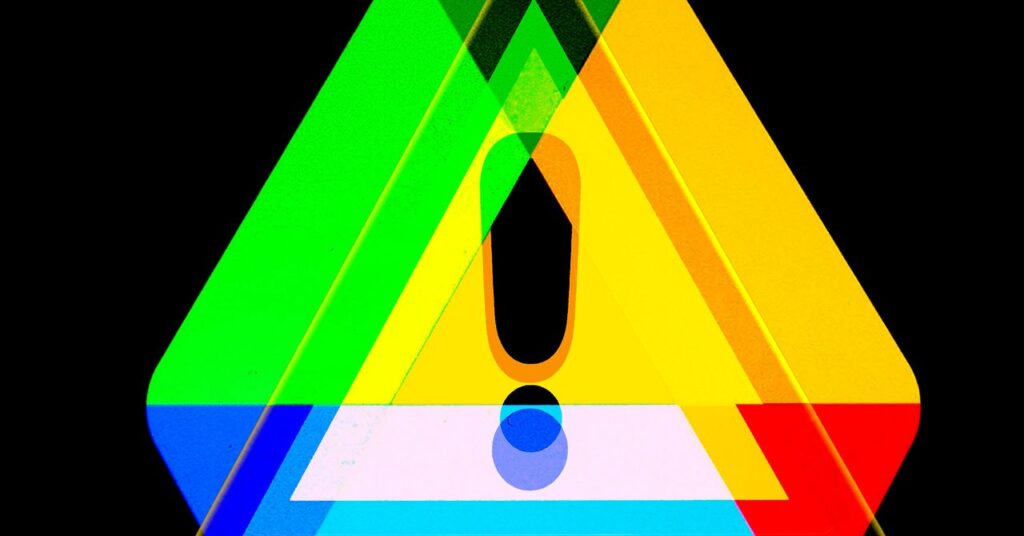Google’s New AI Ransomware Protection Has Its Limits

Ransomware attacks have been a significant digital threat for years, and the absence of simple solutions adds to the urgency—especially with the rise of data grab-and-leak tactics that might not even utilize data-encrypting malware. While traditional ransomware that locks files and systems continues to be a major issue, Google unveiled a new defense for its Google Drive for desktop apps on Tuesday, designed to swiftly detect ransomware activity and prevent cloud syncing before an infection can propagate.
Antivirus scanners typically search for malware indicators across a system, but the new ransomware protections in Drive for desktop are intended as an extra layer of defense. This detection capability is based on an AI model trained by Google using millions of genuine victim files that had been encrypted by various ransomware types. The functionality is crafted to quickly identify and contain suspected ransomware in desktop Drive. For enterprise Google Workspace customers, this feature is invaluable, safeguarding files of any kind that are stored in Drive for desktop and making it simple for users to recover any data that might be encrypted or compromised by malware. However, like other ransomware detection and data backup solutions, it serves as treatment rather than a complete cure.
“The innovative aspect is the real-time detection and rapid sync stoppage to lessen the damage. That’s what our customers emphasized they truly needed,” says Jason James, a product manager for Google Workspace. “With hundreds of millions, if not billions of users, one of the challenges was ensuring we could check every file rapidly and accurately, no matter where the user is located.”
This feature is designed to complement the malware monitoring tools already built into Drive, Chrome, and Gmail, leveraging the expertise of Google’s core antivirus software development team, James adds.
“The most exciting part is our ability to harness this AI-driven method of detecting ransomware behavior and pair it with user data protection, ultimately reducing potential damage,” James states. “We view it as an essential safety net.”
However, the feature has some clear limitations. It is only applicable if a business or organization actually utilizes Drive for desktop—a notable consideration, given that Microsoft still dominates much of the enterprise software landscape. Furthermore, Drive for desktop is compatible only with Windows PCs and Macs. If ransomware affects digital files outside of Drive’s storage, Google lacks the capability to identify the infection.
Other cloud storage solutions, such as Microsoft’s OneDrive and Dropbox, provide features akin to the new Drive for desktop ransomware protection. While detection and response are vital elements in the efforts to thwart cybercriminals and help victims avoid ransom payments, each tool’s respective advantages and drawbacks underscore the fact that no single solution can entirely eliminate the ransomware threat.

